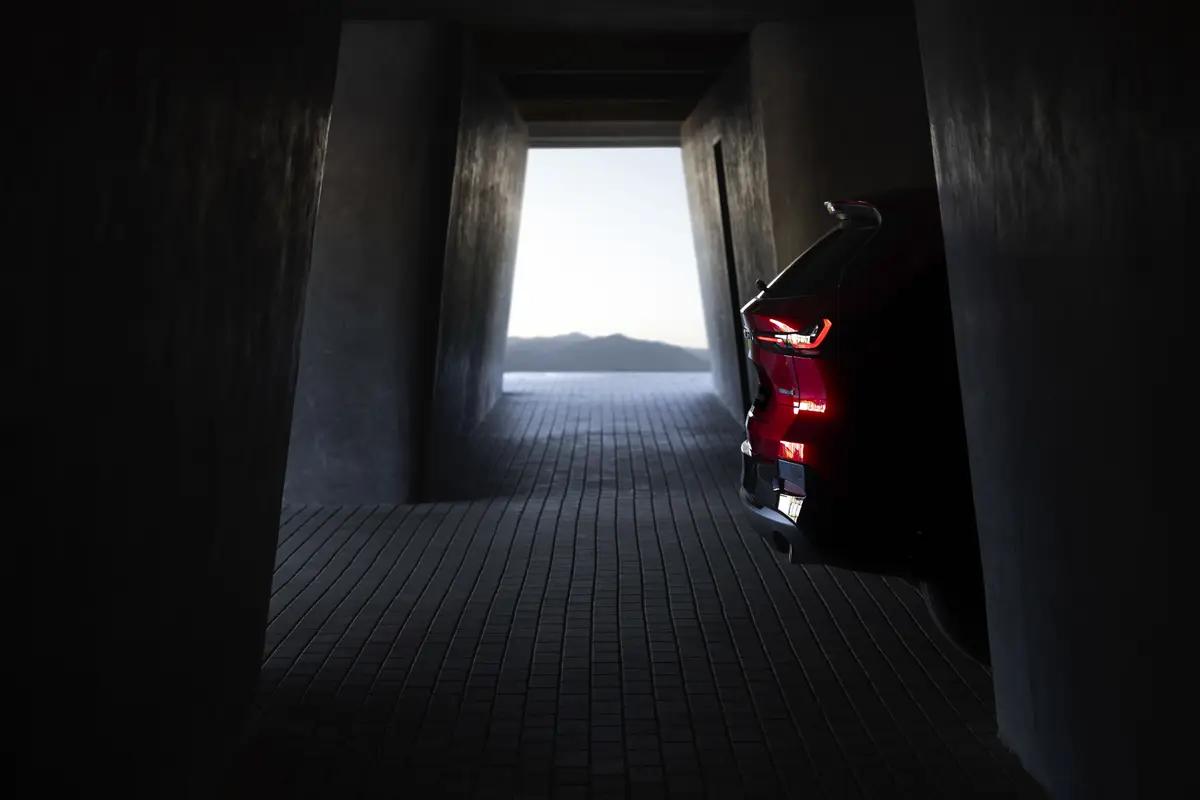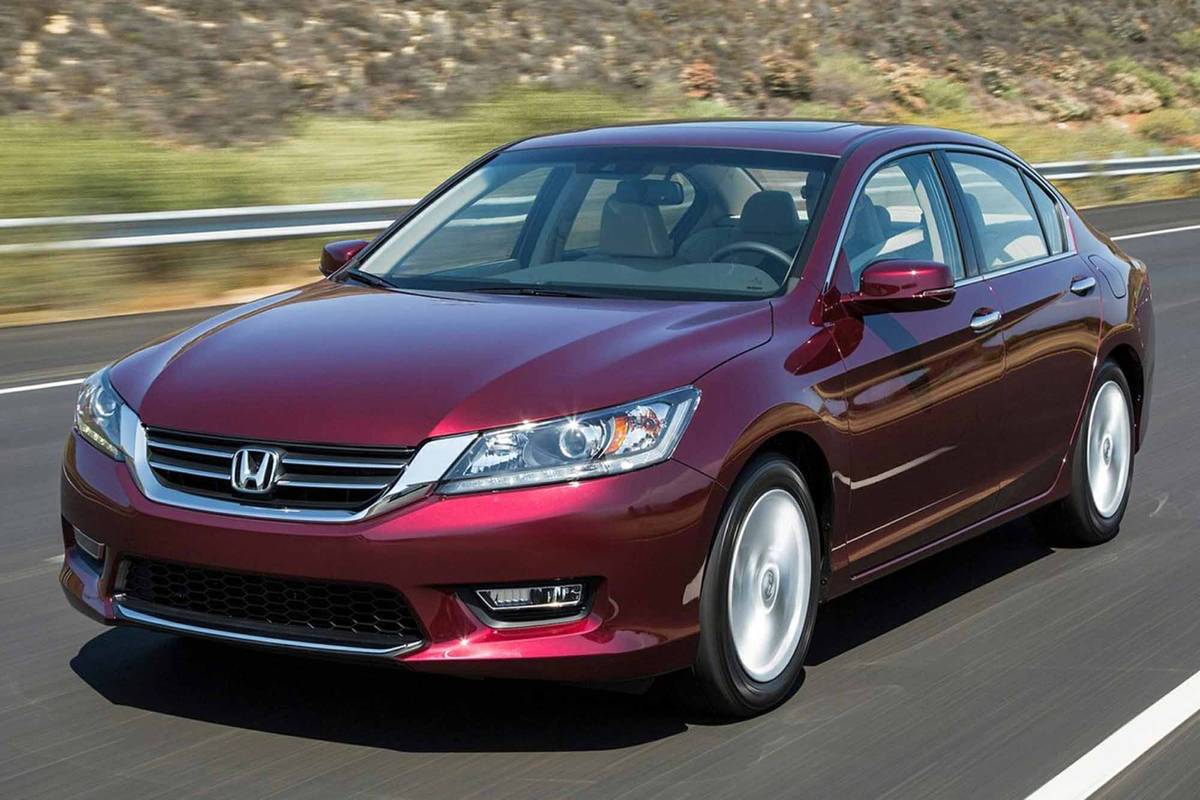Orlando Sentinel's view
If ever there was a time for a foreign automaker to muscle in on Detroit’s most hallowed ground — that of the full-size pickup truck — this is it.
Chevrolet, Dodge, Ford and GMC can’t build enough big pickups to satisfy demand. Some of the hottest models are being sold right off the delivery trucks.
And if ever there was a foreign automaker that had the potential to make a better truck than Ford, General Motors of DaimlerChrysler, it’s Toyota.
Arguably, Toyota builds the best cars and trucks on the planet, as evidenced by the company’s chart-topping quality ratings year after year.
I’ve just spent a week logging 547 miles in Toyota’s Tundra — the first foreign brand, full-size, V-8-powered pickup truck.
In my estimation, Detroit got lucky again. Ford, GM and DaimlerChrysler have dodged another bullet.
Toyota’s previous big truck, the dreadful T100, was slow and ugly. The Tundra corrects those problems. But it still shows that no foreign automaker knows how to design big trucks as well as Detroit.
Because the Tundra offers copycat styling (it looks like a dead ringer for certain versions of the Ford F-150), and because it brings no innovative features to the party, Toyota has missed the bull’s-eye — but not by much.
Americans are fiercely loyal to their big trucks. To be sure, the new Tundra is in many ways a mighty fine pickup. But I see nothing in it that will make long-time Ford, Chevy, Dodge and GMC owners storm down to their local Toyota dealers and trade.
Performance, handling
The base model Tundra comes with the same 190-horsepower, 3.4-liter engine that doomed the old T100. It didn’t provide enough power for respectable performance in the T100, which was slightly smaller and lighter than the Tundra. So it probably won’t be a big seller.
Most of the big pickups made by American manufacturers pack V-8 engines. This is because most pickup trucks are used for work. They haul lawn equipment, construction tools, trailers and cargo. The extra torque of a V-8 is necessary for safe driving. There has to be enough power under your right foot to merge into traffic safely when hauling a heavy load.
Toyota expects a majority of Tundra buyers to opt for the 4.7-liter, double overhead cam, 32-valve V-8 motor. This 245-horsepower engine is a derivativ e of the V-8 powering the various Lexus models and the Toyota Land Cruiser.
It is, of course, a very impressive powerplant. It cranks up with a controlled, refined little rumble. If you turn off the radio, you can hear a sweet, soft howl from the exhaust.
Performance is terrific. The Tundra SR5 I tested was lively and fun to drive. I never once felt that it came up short on acceleration. The only gearbox available with the V-8 is a four-speed automatic. It’s a fine transmission that provides strong, smooth shifts. A switch on the end of the column-mounted shifter lets you disengage fourth gear, a useful feature when towing heavy loads.
Tundra has coil spring, double wishbone suspension up front and a leaf spring suspension in the rear — st andard issue stuff for a pickup. The ride is firm, smooth and quiet but not better in any way than any of the Detroit pickups.
I veered down a few bumpy dirt roads once or twice and drove over several large bumps in quick succession. The Tundra handles the adverse conditions competently. The ride doesn’t get too bouncy.
Power-assisted rack and pinion steering is standard. The steering wheel has a firmly weighted and solid feel. The 44.3-foot turning radius seems a bit wide for a two-wheel drive truck. However, U-turns generally can be made with little fuss. Our test truck came with optional four-wheel disc brakes and daytime running lights, which added $630 to the sticker.
Overall, the Tundra’s performance is excellent. It does everything well. But it doesn’t offer any advantages over a Ford F-150 or a GMC Sierra — my two favorite trucks.
Fit and finish
For its first big truck, Toyota decided to play it safe with the Tundra’s styling and interior.
The shape of the headlights and grille give the Tundra a similar appearance to a Ford truck, which is no bad thing since the F-150 is the best-selling vehicle in the world.
One would hope that a mature car company that has had as much success as Toyota could be a little more daring and original with styling. But Toyota has raised mind-numbing blandness to an art form with most of its cars. I doubt this strategy will work with trucks.
It wasn’t too long ago that Dodge blew the roof off the truck establishment with the big-rig influenced Ram. Sales increased from four percent of the total truck market to 20 percent. Ford followed suit a few years later by toughening up the F-150’s appearance. That truck also has set sales records.
The Tundra doesn’t stand out much from the pack. Though pleasant looking, it doesn’t have one memorable curve or styling feature.
We tested the Access Cab model, which featured two rear doors that swing open toward the rear of the truck. The doors open wide, so getting in and out is easy. There is adequate room for three adults. The rear bench seat has a fold-down center armrest, a nice touch.
Up front, the 60/40 split bench seat is firm, but comfortable. Because the seat offers plenty of support, you’ll probably feel no fatigue on long trips. The folding armrest u p front has a lid that opens to the rear. Inside there are cup holders and a coin holder.
Toyota hasn’t built many vehicles with a column shifter. And you can tell because the windshield wiper stalk is too close to the column shifter. Several times when shifting from park to drive, I accidentally turned on the wipers.
The dash is cleanly styled and easy to use. There’s a full set of analog gauges, including a tachometer. The rotary controls for the air conditioner are located less than an arm’s length away.
As with many other Toyotas, the options come grouped in packages. A few options jack up the price considerably.
For instance, there’s the convenience package, which includes power windows, mirrors and locks, cruise contr ol and cargo light and adds $1,060 to the price. Aluminum wheels and raised white letter tires pumped up the price $1,225 more.
And it seems to me that $109 for floor mats is downright greedy on Toyota’s part. You get nickled and dimed (make that dollared) to death on this truck.
Anyway, I can see Toyota fans who need a bigger truck moving up to the Tundra. But until Toyota can build a truck that offers something the Ford, GM and DaimlerChrysler vehicles don’t, the Tundra may just be a marginal player.
2000 Toyota Tundra SR5
Base price: $22,250. Safety: Dual air bags, daytime running lights, side-impact protection and four-wheel, anti-lock brakes. Price as tested: $26,832. EPA rating: 15 mpg city/18 mpg highway. Incentives: None.
Latest news



